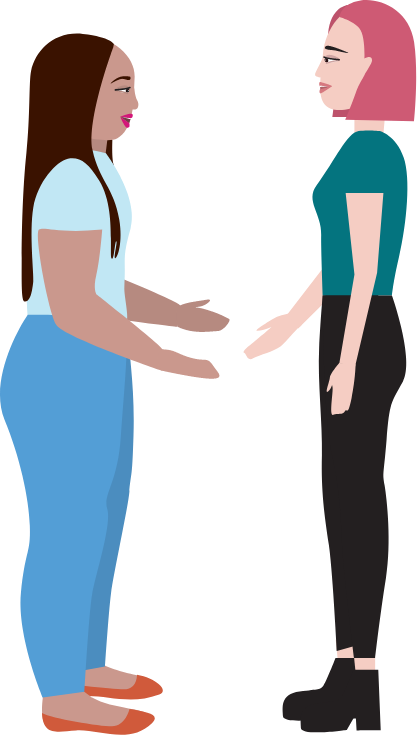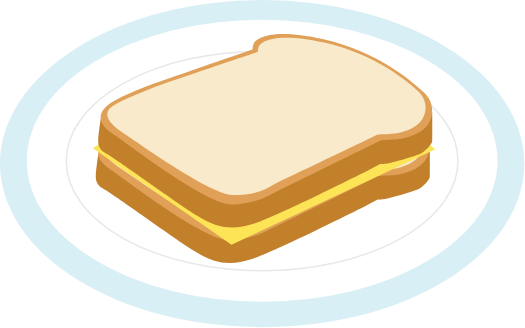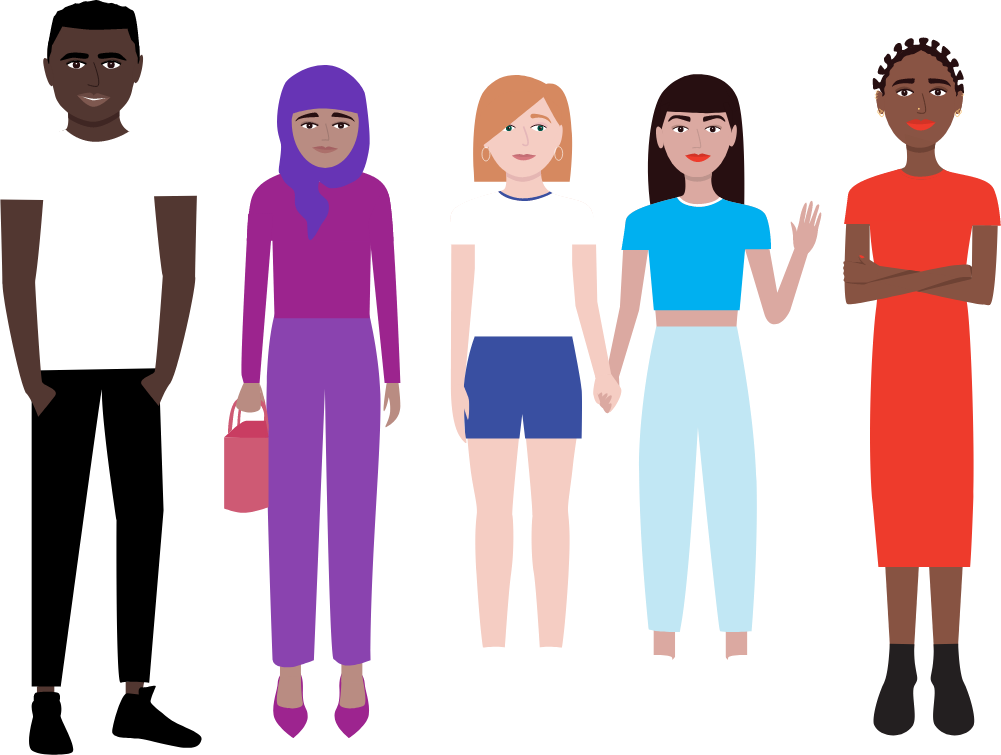First of all, we are recognising and acknowledging their autism. This is especially significant for females where autism is often misdiagnosed or missed entirely. One reason for this is thought to be due to ‘camouflaging’, or mimicking those around them. We have done this in our clinical settings by introducing screening measures for all patients and then more formal identification of those who are picked up by the screening.


Once recognised, we are then ensuring everyone involved in their care is thinking about their care provision in the individuals context with their autism being supported in everyway we can. We do this in many ways such as thinking about communication: how each individual likes to communicate and how they like to be communicated with.
Booklet designed to provide healthcare professionals with important information about the patient when supporting or treating them.
Brief individual wellbeing record designed to provide healthcare professionals with important information about the person when supporting or treating them.
Some helpful tips on how to go about your first meeting with an autistic person with an Eating Disorder
We know a lot of people with autism experience sensory sensitivities, we explore these with them and help them to see the strengths in their sensory profile and how they can improve their wellbeing by understanding it fully in each context. This information is also shared with the clinical team to help support these sensitivities. In our case, we have even adapted the physical ward environment to be less stimulating.
Brief screening measure designed to highlight if a patient experiences sensory differences that may need consideration in treatment.
Learn more about your senses and how they can be different in autistic people with eating disorders
Combines basic information about the senses with tools to help patients explore their sensory preferences and strategies. Includes instructions for creating a sensory wellbeing box.

Some of these sensory sensitivities can impact eating preferences and habits. These can sometimes be misunderstood as eating disorder ‘behaviours’ and disregarded. We try to understand what behaviours are due to autistic traits and which are due to eating disorders. On our ward, we have developed an optional PEACE menu for people to choose from. This is still ensuring that nutritional needs are met whilst also adapting to a specific profile that prefers blander food of certain textures. This menu may not be able to be recreated in your instance, but we will also share important nutritional information.
Why was there a need for this menu on our eating disorder service? What exactly is the menu and how is it used?
Read how the PEACE menu was developed and evaluated, and some of the lessons learned from implementation.
Understand some of the additional barriers faced by autistic people with eating disorders when it comes to eating environments and some suggestions on how to tackle these.

We know that emotional recognition and emotional expression can be difficult for some people on the autism spectrum. Here is some research on why that might be:
Understand the differences in social and emotional functioning (including recognising emotions and empathy) in different group of people.

We also acknowledge that within this group there are other minority groups who may need additional support.
This article aims to build more of an understanding of the challenges faced by autistic people in BAME groups with eating disorders and the support available
This article aims to help understand how best to support autistic people who identify as LGBTQ+ with an eating disorder.
We’ve gathered together everything that you might need to help you on your eating disorder recovery journey.
Have a read of our latest blog posts! Whether you want to read about someone’s experiences, learn more about the comorbidity or explore nutritional recommendations, we hope you will find something that meets your needs!
A brief PEACE+ animation for people with ADHD and eating disorders. It explains how sensory, attention and interoceptive differences affect eating, and shares low-effort supports. Co-produced with clinicians and lived experience contributors.
On 20 May 2025, we welcomed over 250 attendees from across the UK and internationally to the fourth PEACE Pathway Conference. The day brought together clinicians, researchers, lived experience experts, and service providers to share knowledge and tools for improving care for autistic individuals with eating disorders.
A powerful animated short film that brings to life the stories of autistic girls and women in their own words.